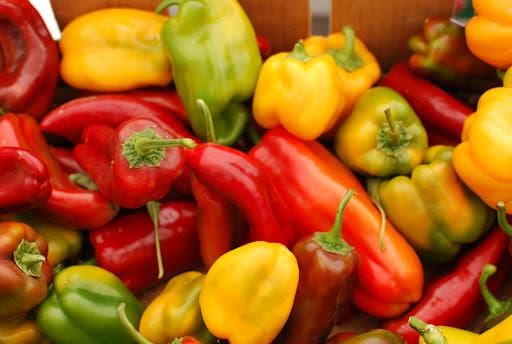Pepper production in Morocco has sharply declined this week due to colder temperatures and viral diseases that poison the produce, particularly TSW (Tomato Spotted Wilt Virus) and PMMV (Pepper Mild Mottle Virus) in the Souss Massa region.
Obeida Mansour, a pepper producer in Agadir, told Fresh Plaza that there will be a significant drop of around 30 to 40% in production on his farms.
“Temperatures have dropped to 8-9°C at night and 20-21°C during the day in this region, affecting production yields in our greenhouses,” Mansour stated, as reported by Freshplaza.
“Producers who opted for virus-sensitive varieties have experienced significant crop losses. We at Universal Peppers were fortunate to have adopted resistant varieties on 60% of our hectares this season. However, we are also suffering viral pressure on the rest of the crop.”
This decline in production is expected to have a noticeable impact on prices, which could rise in the coming weeks. Mansour noted that the drop in harvest volumes coincides with reduced demand during the European holiday season. “Prices could increase starting January, with the continued drop in temperatures,” he added.
Producers of Californian peppers, particularly sought after in the UK, have been the hardest hit by the seasonal decline in demand.
Mansour explained that “Universal Peppers” plans to maintain its export volumes of at least three trucks per week until January. “We grow the Kapi variety, which is favored by the Turkish and Arab diaspora in Germany, a huge market, and is also popular in Eastern Europe,” he said.
Despite the recent challenges, Morocco achieved a record-breaking export performance for California peppers this year. Between January and August, Moroccan suppliers exported nearly 150,000 tons, representing a 20% increase compared to the same period in 2023, according to EastFruit.
This strong export performance reflects Morocco’s continued role as a key player in global pepper markets, even as producers navigate shifting weather patterns and viral pressures. However, the current decline in production highlights the ongoing challenges facing farmers in the Souss Massa region and their resilience in adapting to these adverse conditions.


